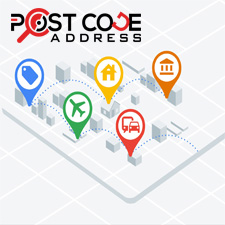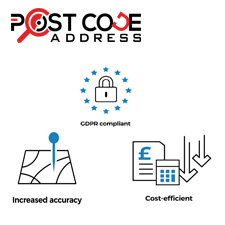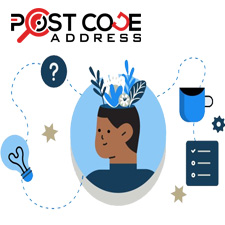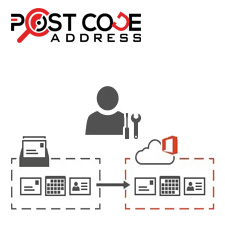

Postcodes are an essential part of our modern infrastructure, enabling us to quickly and accurately identify locations and deliver mail and other services. However, the accuracy and completeness of postcode data can vary widely, depending on a range of factors. In this blog post, we'll explore the importance of accurate and complete postcode data, and provide some tips on how to ensure that you're working with the most reliable data possible.
Accuracy of Postcode Data
The accuracy of postcode data is crucial when it comes to ensuring that mail and other services are delivered to the correct location. Inaccurate postcode data can result in mail being delivered to the wrong address, or important services like emergency responders being sent to the wrong location.
There are several factors that can impact the accuracy of postcode data, including changes to the physical infrastructure of an area, incorrect or outdated data entry, and human error. For example, if a new housing development is built in an area, the postcode data for that area may need to be updated to reflect the new infrastructure.
It's important to note that postcode data accuracy can also vary depending on the level of detail required. For example, a postcode that accurately identifies a general area may not be sufficient for more specific purposes like door-to-door delivery.
Completeness of Postcode Data
The completeness of postcode data is also important, as incomplete data can make it difficult to accurately identify a location or deliver services. Incomplete postcode data can also impact data-driven applications, making it difficult to analyze and interpret data for a given area.
There are several factors that can impact the completeness of postcode data, including changes to the physical infrastructure of an area, incomplete data entry, and a lack of data sharing between different organizations. For example, if an area undergoes significant changes in infrastructure, postcode data may need to be updated to ensure completeness.
Ensuring Accurate and Complete Postcode Data
To ensure that you're working with accurate and complete postcode data, there are several steps you can take. First, it's important to ensure that the data you're using is up-to-date, and that it reflects any recent changes to the physical infrastructure of an area. This can be done by working with reputable data providers that specialize in postcode data, or by regularly checking and updating postcode data yourself.
Second, it's important to ensure that the data you're using is complete, and that it provides sufficient detail for your specific needs. This may require working with different data providers or sources to gather the most complete data possible, or investing in more detailed postcode data solutions.
Finally, it's important to ensure that the data you're using is reliable and accurate. This may require conducting regular quality checks and audits to identify and correct any errors or inaccuracies in the data. It may also require developing quality control processes for data entry and management to ensure that data is being accurately and consistently captured and maintained.
In conclusion, postcode data accuracy and completeness are critical to ensuring that mail and other services are delivered to the correct location, and that data-driven applications can accurately identify and analyze geographic areas. To ensure that you're working with accurate and complete postcode data, it's important to work with reputable data providers, regularly update and verify data, and develop quality control processes for data entry and management. By doing so, you can ensure that you're working with the most reliable and accurate postcode data possible.










